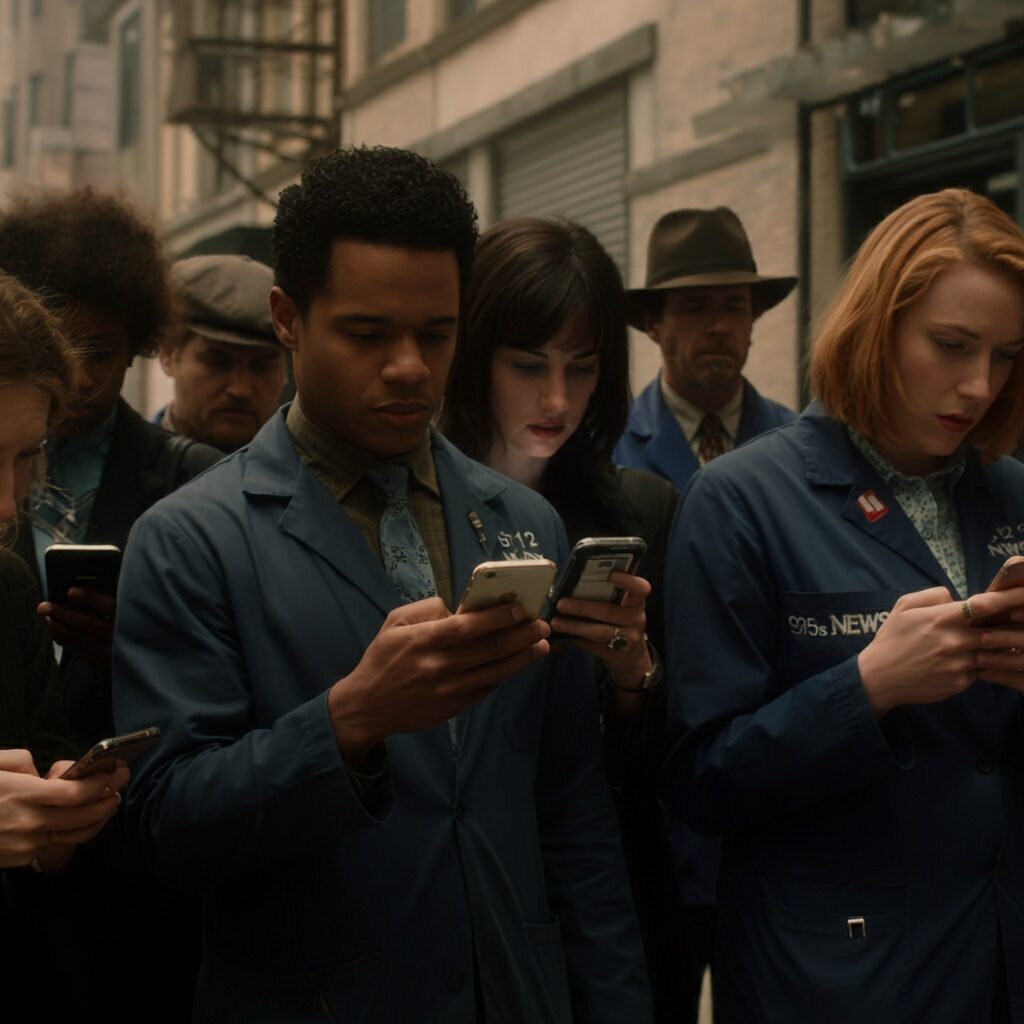
Blast Off into the Night! Artemis II Crew Gets Ready for an Amazing Space Adventure!
Hey future astronauts and science explorers! Get ready for some super exciting news from NASA! Imagine you’re getting ready for a big, important mission, and you need to practice, practice, practice. That’s exactly what our brave Artemis II astronauts have been doing, and they’ve been practicing for a mission that will happen at night!
On August 18th, 2025, NASA shared a fantastic article all about the Artemis II crew practicing for a nighttime launch. This is like getting ready for the most amazing sleepover adventure ever, but instead of sleeping, they’ll be zooming into space!
What is Artemis II?
Think of Artemis II as the next giant leap for humankind going back to the Moon! It’s a special mission that will send four astronauts on a journey around the Moon and back to Earth. These astronauts are like superheroes who are trained to fly incredibly powerful rockets and live in space for a while.
Why Practice a Night Launch?
Now, you might be thinking, “Why practice launching a rocket in the dark?” Well, imagine you’re trying to find your way to a secret fort in the woods. If it’s daytime, you can see everything. But if it’s nighttime, you need to be extra careful, use special lights, and know exactly where you’re going.
Launching a giant rocket like the one for Artemis II is a super complicated and very important event. Even though it’s dark, the astronauts and everyone at NASA need to make sure everything is perfect. Practicing at night helps them get used to:
- Seeing all the amazing lights: Rockets have lots of lights to help guide them. Practicing at night lets the astronauts and the ground crew see how these lights look and make sure they are working perfectly.
- Feeling the rocket’s power: Even though they’re inside a safe capsule, astronauts can feel the incredible shaking and power of the rocket as it blasts off. Practicing this in the dark helps them get ready for that amazing feeling.
- Communicating clearly: When it’s dark, it’s even more important for the astronauts and the people on the ground to talk to each other very clearly and make sure they understand everything.
- Navigating the sky: Imagine looking up at the stars. The astronauts will be zooming past them! Practicing at night helps them understand how the stars and the Moon look from their rocket.
Who are the Artemis II Astronauts?
The Artemis II crew is made up of four incredible explorers:
- Reid Wiseman (NASA astronaut)
- Victor Glover (NASA astronaut)
- Christina Koch (NASA astronaut)
- Jeremy Hansen (Canadian Space Agency astronaut)
They are all super smart and brave, and they’ve spent a lot of time training for this mission. They practice in special simulators that feel just like the real rocket, and they learn everything they need to know about flying in space.
What Will They See?
When the Artemis II mission launches, the astronauts will be going farther into space than any humans have gone in a long, long time! They will:
- See the Earth from a new perspective: Imagine looking back at our beautiful blue planet from high up in space. It’s a sight that most people only dream of!
- Travel around the Moon: They won’t land on the Moon this time, but they will fly all the way around it. They’ll get to see the craters and mountains of the Moon up close!
- Experience weightlessness: In space, there’s no gravity pulling you down. This means the astronauts will float around inside their spacecraft – how fun is that?!
Why is This Important for Science?
This mission is a huge step for science! It’s like learning the first few pages of a brand new science book. By going around the Moon, the Artemis II astronauts will be helping us learn more about:
- How to travel safely in space: This mission is a test run to make sure we can send astronauts to the Moon and eventually to Mars in the future.
- The Moon itself: Scientists want to learn more about our closest neighbor in space, and this mission will help them do that.
- New technologies: Astronauts use amazing tools and technology in space. This mission will help us test and improve these technologies.
How Can YOU Be Like an Artemis Astronaut?
You don’t need a rocket to start exploring science! Here are some fun ways to be like the Artemis II crew:
- Ask Questions: Astronauts are always asking “why?” and “how?”. Be curious about the world around you.
- Read Books and Watch Documentaries: Learn about space, rockets, and the amazing things scientists do.
- Build and Experiment: Use building blocks to create your own rockets, or try simple science experiments at home.
- Look at the Stars: Get a telescope or even just look up at the night sky. Imagine what it would be like to travel to those stars!
- Study Math and Science in School: These subjects are the building blocks for understanding space and becoming a scientist or astronaut.
The Artemis II mission is a reminder that with hard work, curiosity, and a little bit of practice, we can achieve amazing things. So, keep dreaming big, keep exploring, and maybe one day, YOU will be part of a mission to the Moon or even beyond!
Artemis II Crew Practices Night Launch Scenario
The AI has delivered the news.
The following question was used to generate the response from Google Gemini:
At 2025-08-18 15:52, National Aeronautics and Space Administration published ‘Artemis II Crew Practices Night Launch Scenario’. Please write a detailed article with related information, in simple language that children and students can understand, to encourage more children to be interested in science. Please provide only the article in English.